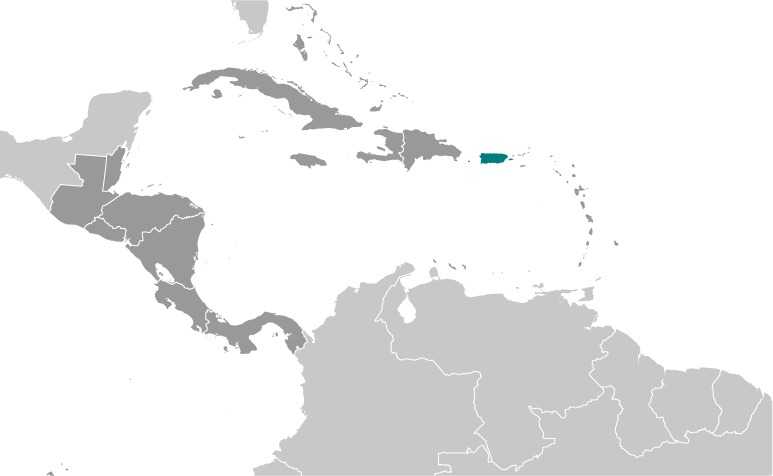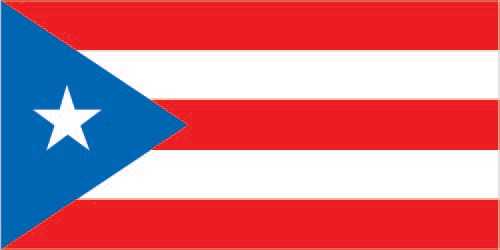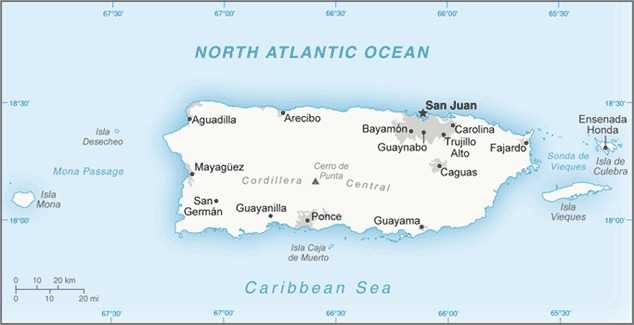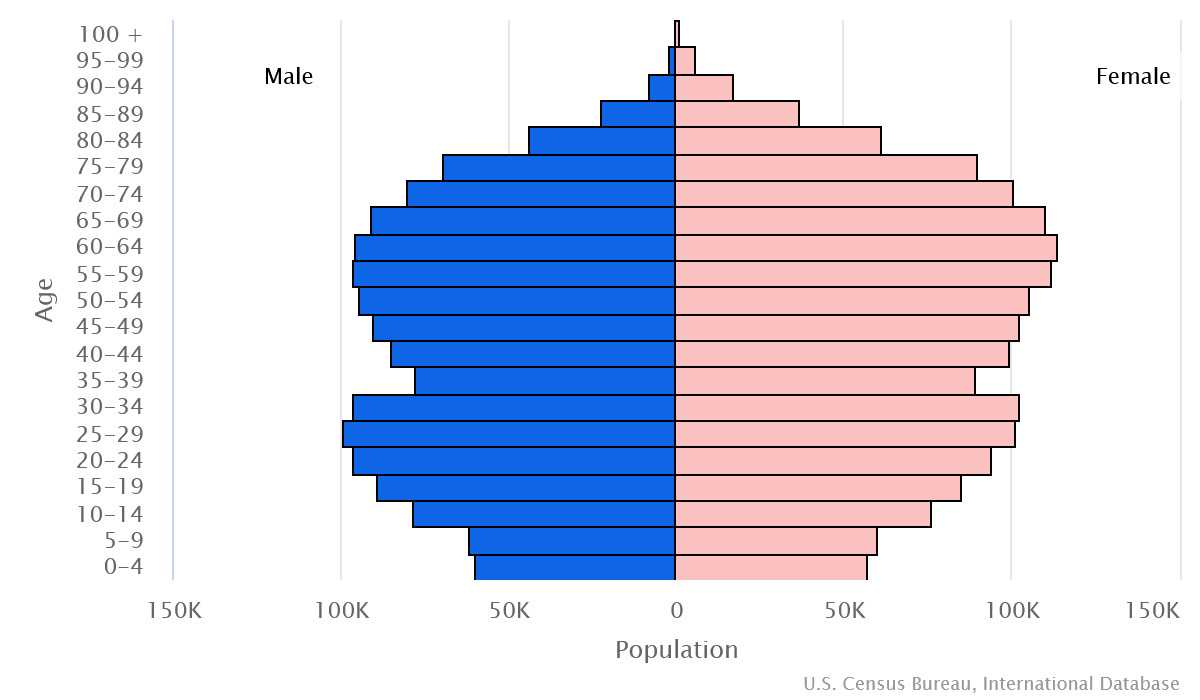Introduction
Background
Populated for centuries by aboriginal peoples, the island was claimed by the Spanish Crown in 1493 after Christopher COLUMBUS' second voyage to the Americas. Puerto Rico was ceded to the US as a result of the Spanish-American War. Puerto Ricans were granted US citizenship in 1917 but have had self-government since 1952. Decades of plebiscites showed that voters did not want to alter the existing political status with the US, but a 2020 vote showed a narrow preference for American statehood.
Geography
Area
total: 9,104 sq km
land: 8,959 sq km
water: 145 sq km
Climate
tropical marine, mild; little seasonal temperature variation
Natural resources
some copper and nickel; potential for onshore and offshore oil
People and Society
Population
total: 3,019,450
male: 1,418,753
female: 1,600,697 (2024 est.)
Ethnic groups
White 75.8%, Black/African American 12.4%, other 8.5% (includes American Indian, Alaskan Native, Native Hawaiian, other Pacific Islander, and others), mixed 3.3% (2010 est.)
Languages
Spanish, English
Religions
Roman Catholic 56%, Protestant 33% (largely Pentecostal), other 2%, atheist 1%, none 7% (2014 est.)
Population growth rate
-1.2% (2024 est.)
Government
Government type
unincorporated organized territory of the US with local self-government; republican form of territorial government with separate executive, legislative, and judicial branches; note - reference Puerto Rican Federal Relations Act, 2 March 1917, as amended by Public Law 600, 3 July 1950
Capital
name: San Juan
Executive branch
chief of state: President Joseph R. BIDEN Jr. (since 20 January 2021); Vice President Kamala D. HARRIS (since 20 January 2021)
head of government: Governor Pedro PIERLUISI (since 2 January 2021)
Legislative branch
description:
bicameral Legislative Assembly or Asamblea Legislativa consists of:
Senate or Senado (30 seats statutory, 27 current; 16 members directly elected in 8 2-seat constituencies by simple majority vote and 11 at-large members directly elected by simple majority vote to serve 4-year terms)
House of Representatives or Camara de Representantes (51 seats; members directly elected in single-seat constituencies by simple majority vote to serve 4-year terms)
Economy
Economic overview
US Caribbean island territorial economy; hit hard by COVID-19 and hurricanes; declining labor force and job growth after a decade of continuous recession; capital-based industry and tourism; high poverty; energy import-dependent
Real GDP (purchasing power parity)
$110.501 billion (2022 est.)
$106.908 billion (2021 est.)
$106.447 billion (2020 est.)
Real GDP per capita
$34,300 (2022 est.)
$32,800 (2021 est.)
$32,400 (2020 est.)
Agricultural products
milk, plantains, bananas, chicken, tomatoes, mangoes/guavas, eggs, oranges, pumpkins/squash, papayas (2022)
Industries
pharmaceuticals, electronics, apparel, food products, tourism
Exports
$59.787 billion (2022 est.)
$57.916 billion (2021 est.)
$62.237 billion (2020 est.)
Exports - partners
Italy 15%, Netherlands 15%, Belgium 9%, Japan 8%, Germany 8%, Austria 8%, Spain 7%, China 5% (2019)
Exports - commodities
packaged medicines, medical cultures/vaccines, hormones, orthopedic and medical appliances, sulfur compounds (2019)
Imports
$51.509 billion (2022 est.)
$45.052 billion (2021 est.)
$44.513 billion (2020 est.)
Imports - partners
Ireland 38%, Singapore 9%, Switzerland 8%, South Korea 5% (2019)
Imports - commodities
nitrogen compounds, sulfur compounds, refined petroleum, medical cultures/vaccines, cars (2019)
Page last updated: Wednesday, May 15, 2024




